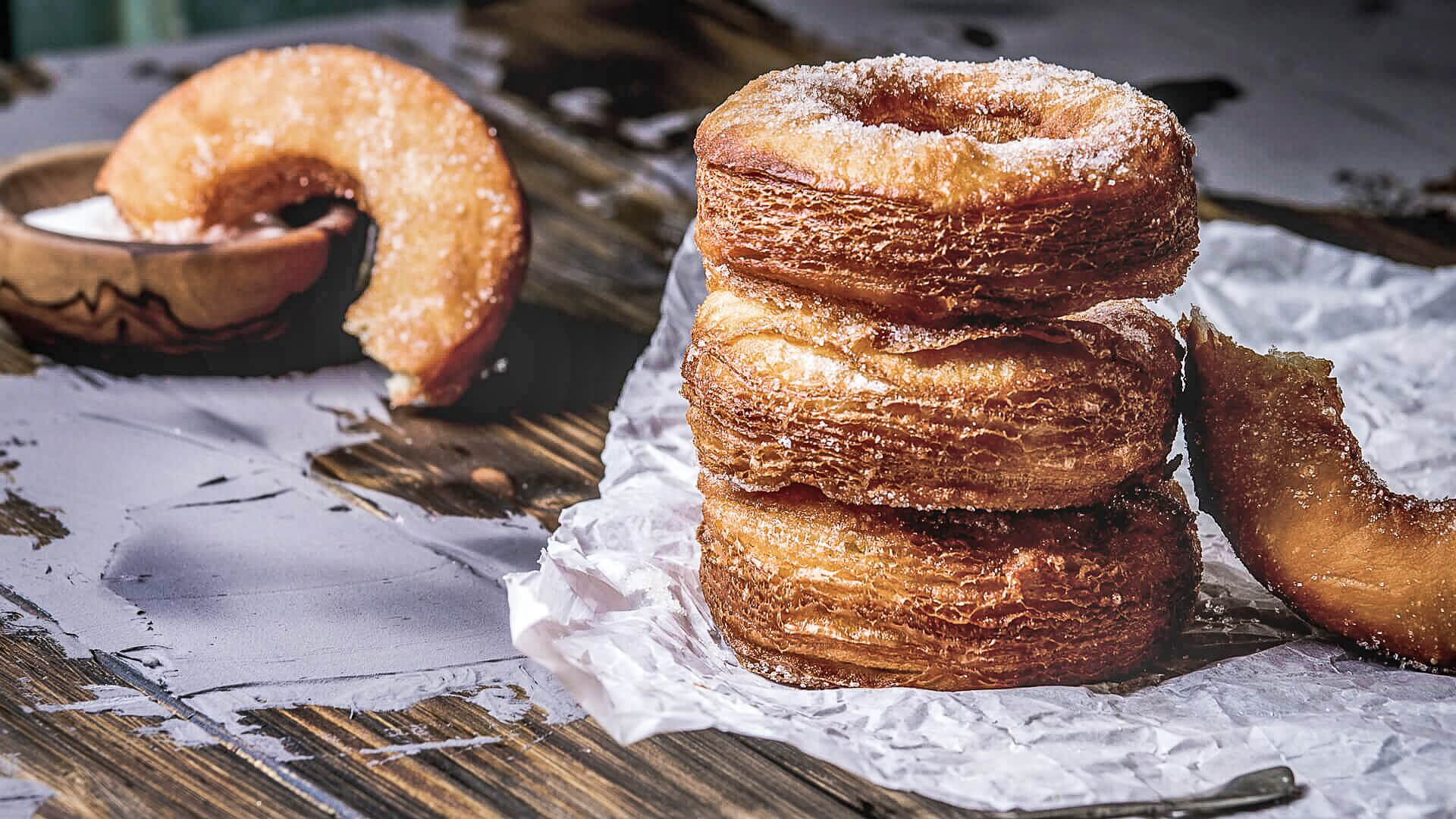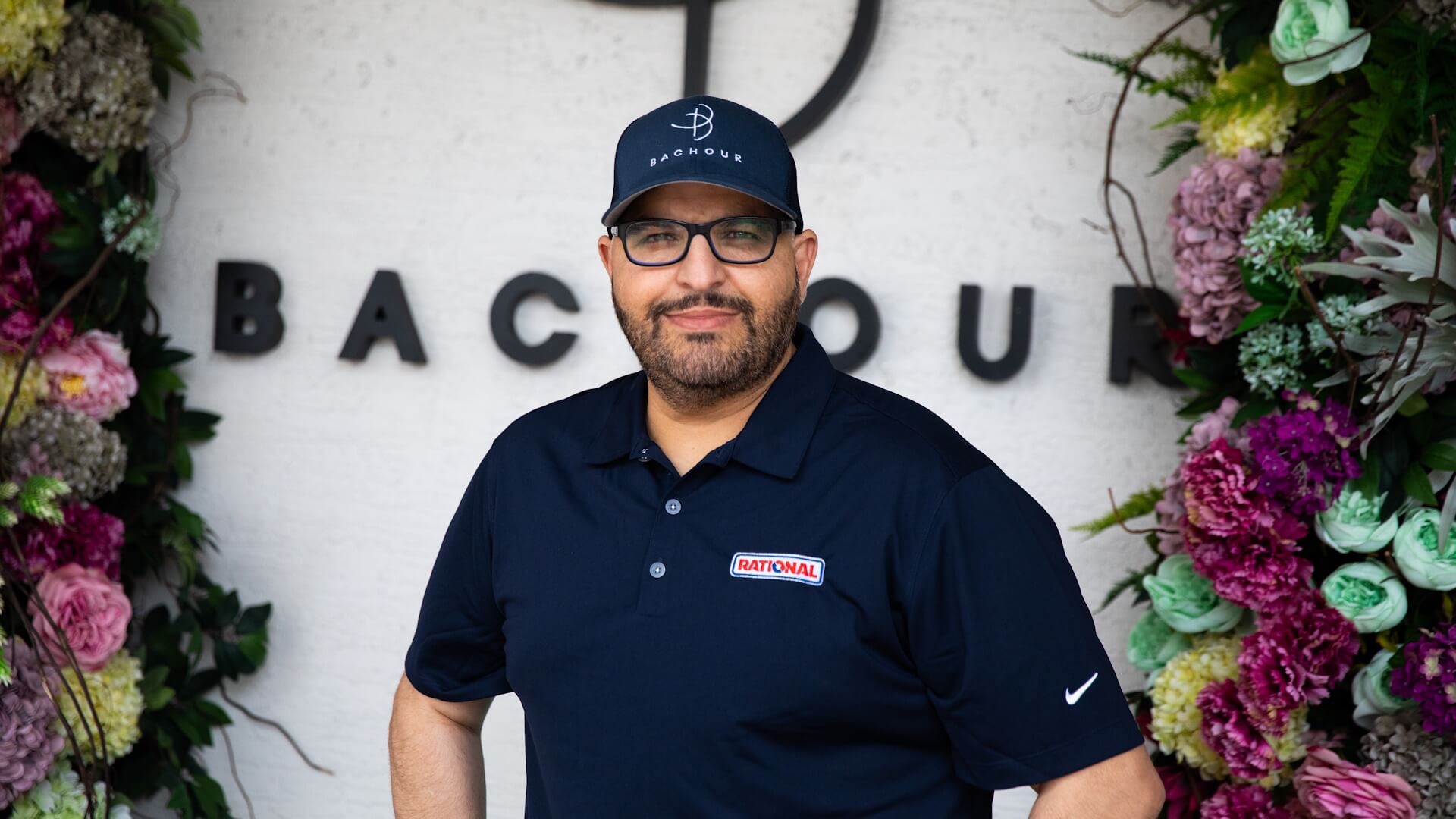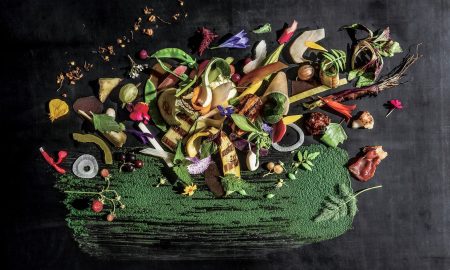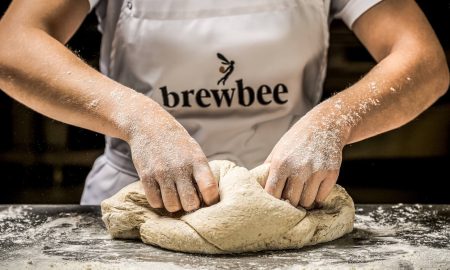Hang on. That sounds way too easy. Like, just eat food and enjoy it? Why are we changing our perspectives on eating all of a sudden? Where’s this new “freedom” mentality coming from? And what does that even mean — is “fat and happy” suddenly in again?
KTCHNrebel took these questions to Hanni Rützler, a famous Austrian nutrition and trend researcher whose annual Food Report has served since 2014 as a barometer of what makes consumers tick and what they’re into.[1]
Rützler explains that today’s consumers are health and wellness consumers. Whereas many Europeans once believed the old saying ‘You are what you eat,’ people nowadays tend to follow ‘You are what you don’t eat.’ “We’re asking ourselves, ‘What do I want to be?’ and then learning to choose accordingly,” the expert tells us. “What we put in our shopping carts and on our dinner tables has become a complex series of questions— socially, politically, and on the individual level. Everyone’s trying to make the right choices for themselves.”
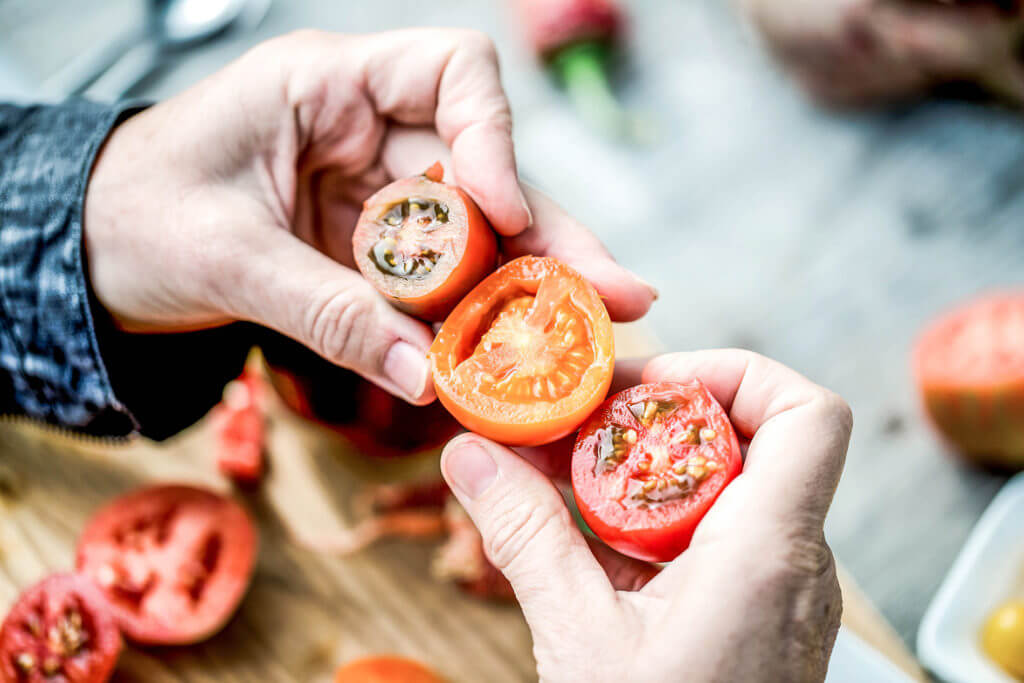
Image: Nicole Heiling
This freedom of choice is what makes the “healthy hedonism” food culture possible in the first place. People born after 1980 are particularly conscious of these types of questions. In Food Trends 2019, Rützler and her team marked this as one of the most significant developments.
Enjoyment, but not boundless
What does “hedonism” mean, though? The word stems from the Ancient Greek hēdonḗ, meaning enjoyment, pleasure, or lust. Hedonism means focusing on the pleasures of the moment, doing things you enjoy and avoiding suffering. In short, hedonists make their decisions based on what makes them happy. And as far as food goes, hedonism is totally in.
Not so fast, though: becoming a food hedonist doesn’t just mean cracking open the chocolate truffles, dusting off Grandma’s old fettuccine Alfredo recipe, and swapping out your grilled chicken breasts for Southern-fried.
According to Hanni Rützler, hedonistic eating is also about leaving things out, at least in Europe. Some people may think that’s a contradiction in terms, but in fact, living (and eating) health-consciously makes you more aware of what you really love. Healthy hedonism is about combining health and enjoyment in an individual way, developing a balance that works for you personally.
In America, where the trend has been going strong since 2016, healthy hedonists have a few favorite “workarounds” when it comes to going without. According to Marian Salzman, one of the world’s top five trendspotters, cheat days aren’t exactly a new idea, but they’re definitely a form of hedonism: you eat like a monk sometimes, and go for all-out indulgence on others.
Healthy hedonism is all about freedom of choice, which also means as few rules as possible. As Salzman wrote in a Forbes Magazine article on what’s next in nutrition, “There are hardly any food rules to follow—and exceptions to almost all of them. There are no absolutes.”
Spoiled for choice?
Maybe. Having complete freedom of choice also means you have to make all your own decisions about what to eat when. Fortunately, the younger generation seems to do that intuitively, without all the agonizing that older, calorie-obsessed generations went through. As Hanni Rützler says, “Many consumers have a whole new understanding of health and how it’s connected to nutrition; they know that there’s no one-size-fits-all diet plan that works for everyone. They see a direct link between what they eat and how much energy they have.”
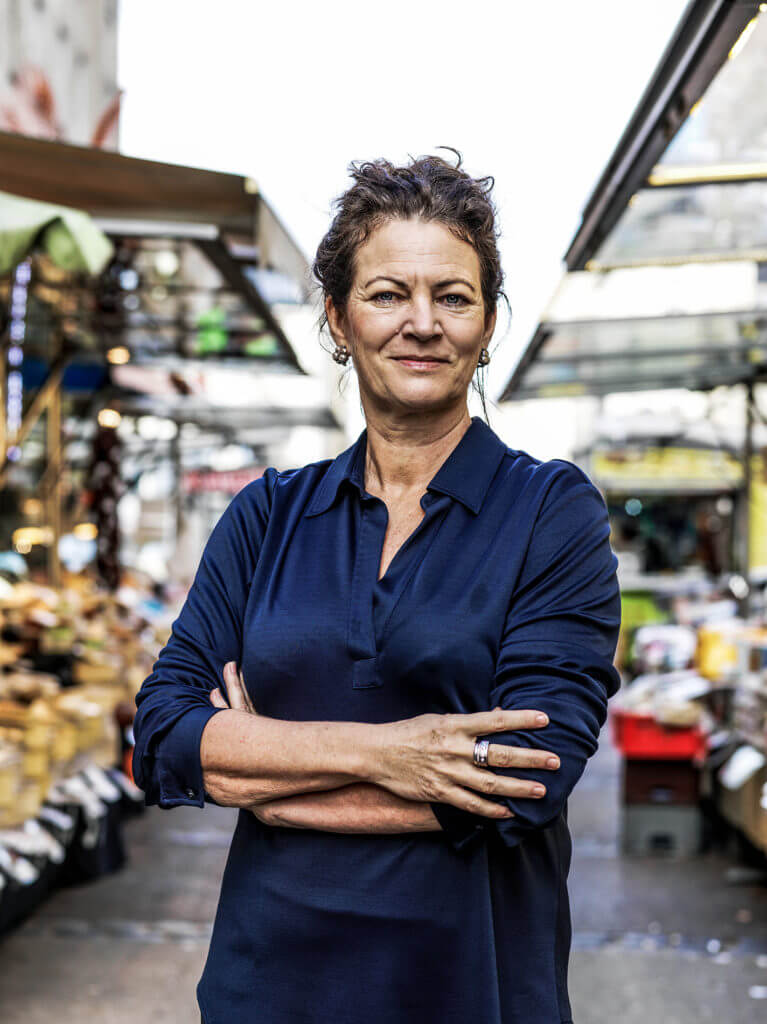
Image: Andreas Jakwerth
How many of you still meet your personal fitness and nutrition goals without some fitness app or watch to keep track of your meals, or to beep at you when it’s time to get your steps in? They make it a lot easier to calculate what your body needs to get and stay healthy. Many people already know they’re allergic to certain foods, so they’re avoiding gluten or lactose on the doctor’s orders— and it doesn’t seem to be hurting anyone, so more and more healthy people are giving them up as well.
Rützler describes today’s consumers as pro-active, both in general and in terms of dietary habits. Marian Salzman takes a similar view: “We all get to define what healthy means for ourselves, but there’s no doubt that healthy is a fast-growing niche across industries and marketing that incorporates all kinds of content around living well. It’s a lifestyle.”
Healthy Hedonism: Good for us… and our planet?
According to Hanni Rützler, healthy living and eating is a matter of ethics for younger generations, and even a political issue: food quality is being checked more rigorously, factory farming is no longer blindly accepted, and genetic modification has long been the subject of debate (and will continue to be, before it eventually becomes normal).
As “pro-active” eaters, younger consumers put a great deal more energy into learning about available options than did previous generations, and they’re also more curious when it comes to new ideas. They demand transparency, and their standards for the food and restaurant industry are higher. Providers have to work to earn their trust.
In general, says Hanni Rützler, nutrition in the age of healthy hedonism is becoming a lot more individual and a lot more diverse, which means the agricultural, food production, and food service industries have to rise to meet that challenge. Consumers aren’t just going to eat whatever’s put in front of them—they want an active voice in the process. So food manufacturers and retailers have to change the way they think, and become sources of inspiration.
And the restaurant industry? It has to prove that it still knows how to cook. As Hanni Rützler puts it, “Why should people go to restaurants if they’re so focused on convenience that all they serve is food that consumers can fix themselves at home just as easily?”
Hanni Rützler is considered a nutrition pioneer, and she’s always on the lookout for new and important trends in the industry. She works as a consultant and researcher with a multidisciplinary approach to questions related to food and drink. When she tasted the world’s first in-vitro burger in London, she earned a place in the history books, and became well-known both within and beyond the German-speaking region. Rützler has shared her knowledge in numerous books and studies, as a conference and symposium presenter, and as a workshop leader. For more information on Hanni Rützler and a list of her publications, see http://presse.futurefoodstudio.at/
[1] Hanni Rützler’s Food Report is published in collaboration with the Frankfurt am Main Future Institute and the Lebensmittelzeitung (Food Newspaper). Food Report 2019 | Hanni Rützler, Wolfgang Reiter | May 2018 | 112 pp | ISBN 978-3-945647-50-9 | €125 plus tax.



